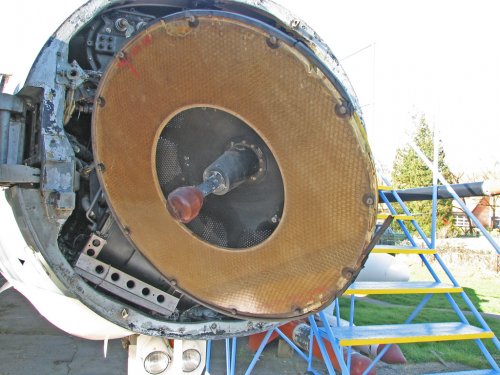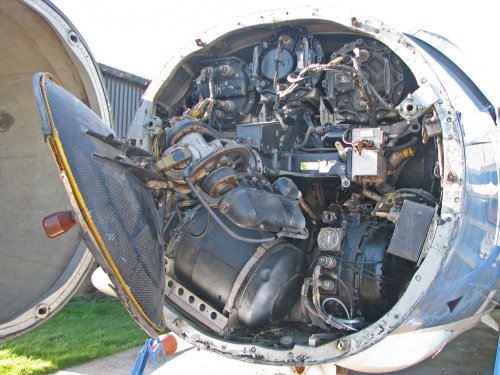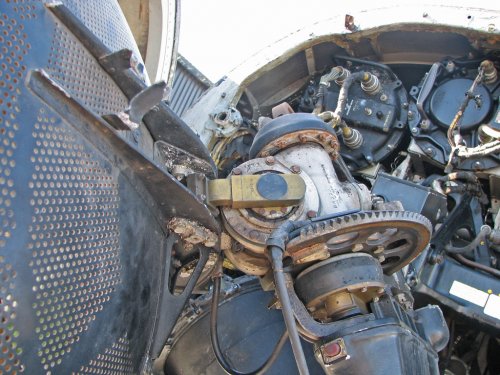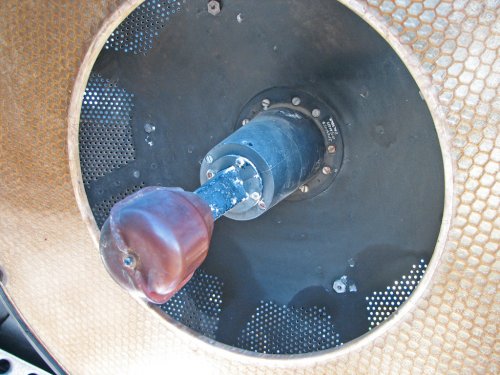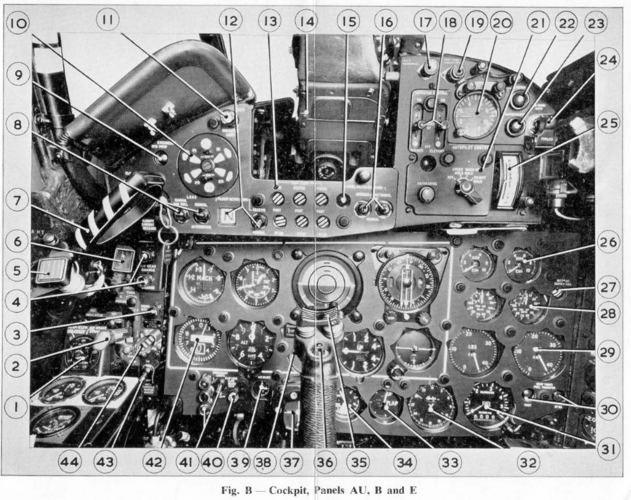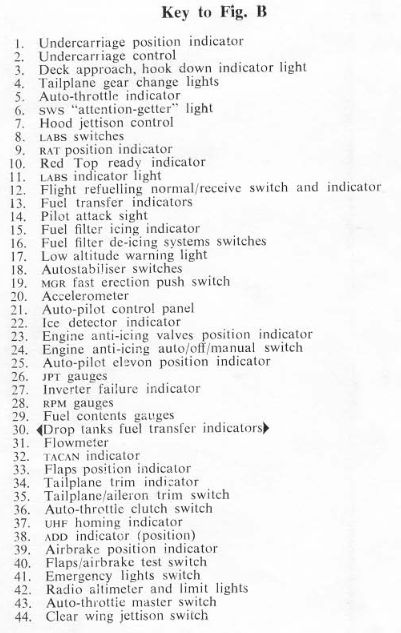Right now I've read Black Box Canberras by David Forster ISBN 9 781902 109534, which certainly deserves a plug!

We can say AI.18 started life as the successor to a conceptual dual band system, using S-band for Search and X-band for 'lock-follow'. AI.18 was simpler using just X-band and was decided to use a 160kW system with a 29" dish and raster scan aiming to detect a Canberra sized aircraft at 15nm, though clearly a larger dish option was being mooted as well.
Clearly this is was also aimed at intigrating the new guided missile efforts Blue Jay and Red Dean.
ISD was intended to be 1956, but by '52 delays in agreeing the spec pushed this back to '59.
Contractors where:-
G.E.C for the main system
DHP for the dish and it's actuator system.
with TRE (Malvern) acting as design authority.
Intention was a initial experimental system, proving the basic technology, Followed by a A system semi-engineered which would lead to a B system fully engineered before final production.
By '57 performance was much better than the initial requirements, and detection of a Canberra at 28nm being regularly achieved.
Trails of the basic AI.18 system for the RN's Sea Vixens came to an end mid 1960.
Additional was the Red Dean computer, development contract was placed with G.E.C. and planned trails for Feb-1956.
AI.18B (not to be confused with the B model) was a early '58 G.E.C and RRE study into improving the performance of the system. Intention was to equip follow-on orders of Sea Vixen FAW with the new set, but the RN decided to economise and fit subsequent batches of Sea Vixens with the basic set instead.
Trials however continued and G.E.C constructed a second model incorporating a switchable transmitter pulse-width and switchable receiver bandwidth which was never flown.This by '61
AI.18 achieved it's goal of extending detection ranges to 45nm against a Canberra sized aircraft.
AI.18R (Red Top Capable) added a collision course attack computer replacing the existing tail chase only Firestreak (Blue Jay) set. Introduced Angle-lock, Track-on-Jam, and improvements to Lock-Follow to cope with the higher speeds of closing supersonic targets. Program from Autum '61 to May '65.
AI.18R units delivered by mid-'64.
AI.18 AMTI, secomnd half of '58 G.E.C was working on the quartz delay line system.This was flown first in a Varsity and later a Canberra in 1960.Addition of Automatic Gain Control in '61 proved Lock-Follow was possible. G.E.C attempted to interest the Admiralty in adding this to the Ai.18Rin early '62 and with lack of interest the effort wound down by the start of '6
3. Though they did Development Cost Plan laying out the cost of addting AMTI to the AI.18R should the Admiralty change it's mind.
A second effort in AMTI using the AI.18 using transistors rather than quartz delay lines, was started in '65, flights in a Canberra in '67 and ceased in '68. System detected a Canberra flying at 500ft from 20,000ft at 20nm, system proving very successful despite it's limitations. This being the use of just 126 range gate filters for just a 5nm section of the radars range, though operator selectable.

